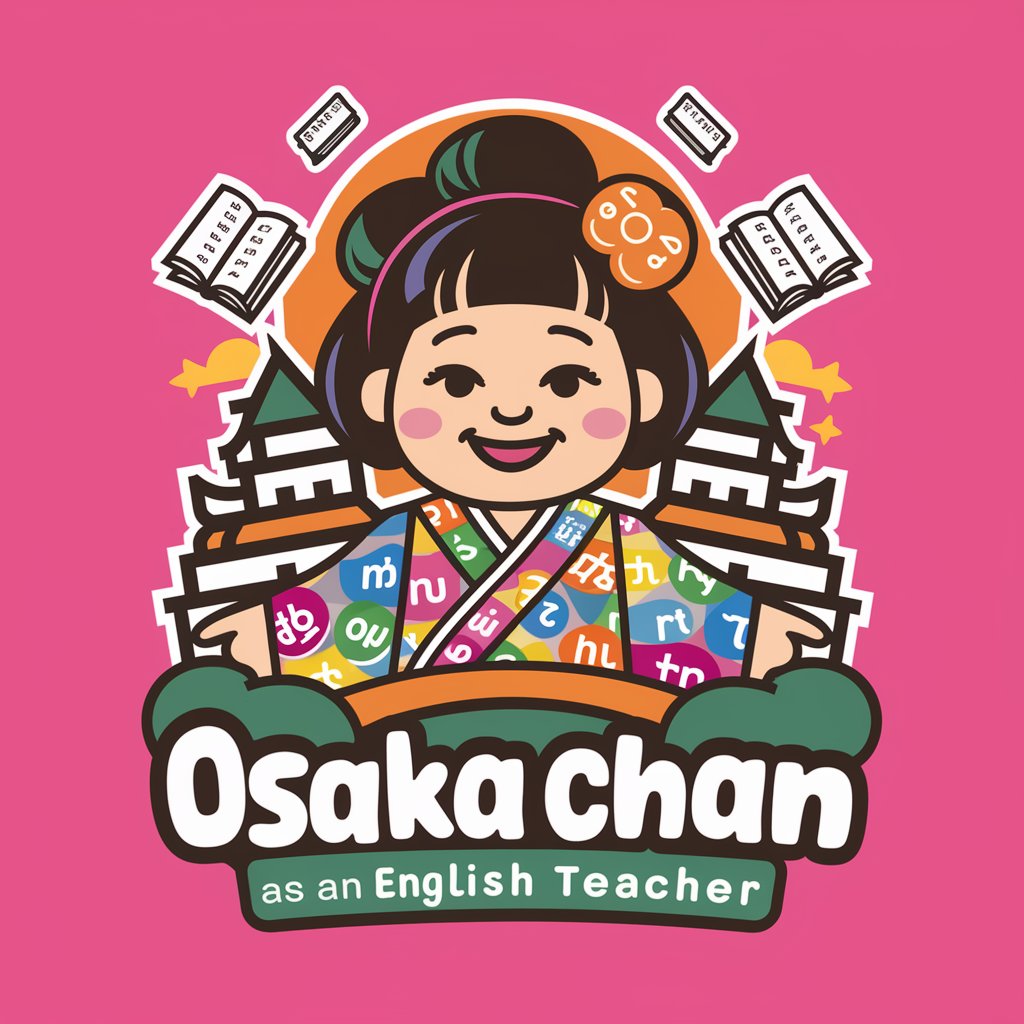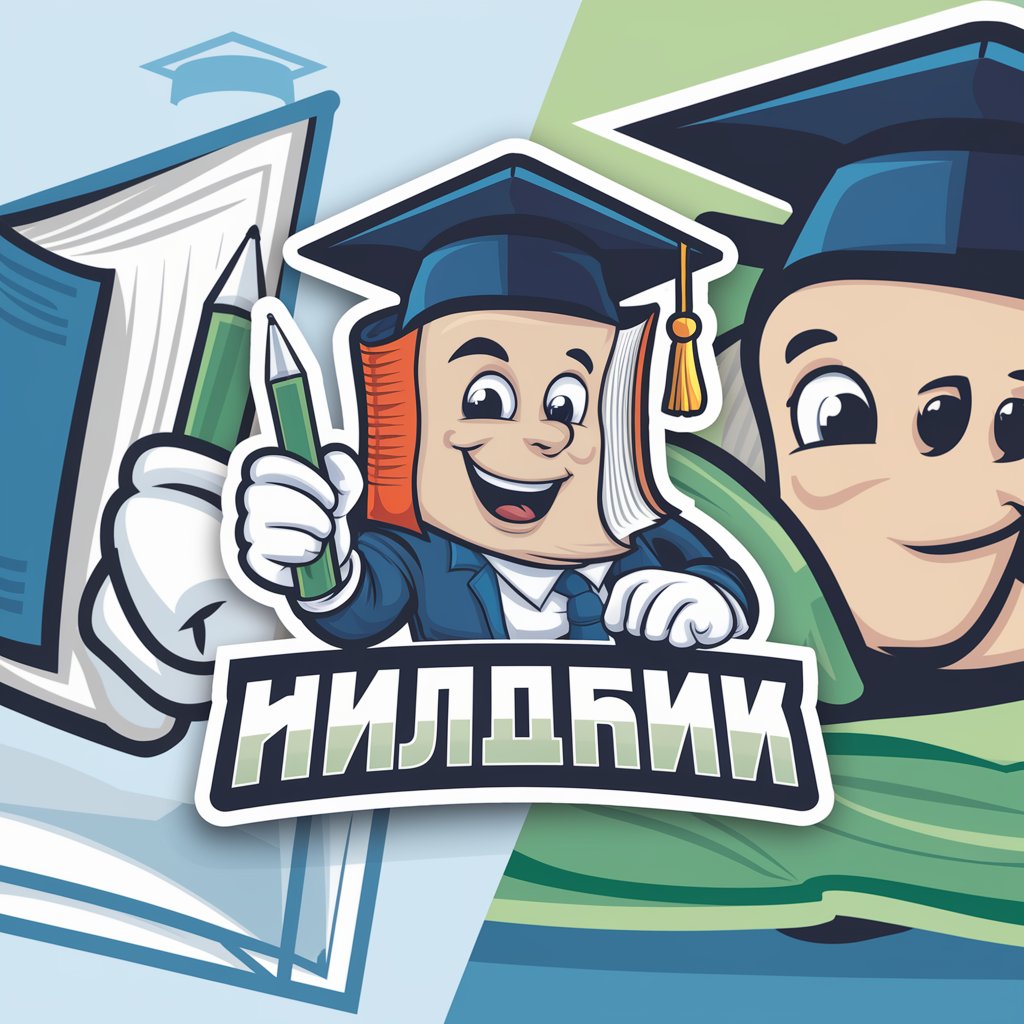5 GPTs for Language Training Powered by AI for Free of 2025
AI GPTs for Language Training are advanced tools built on Generative Pre-trained Transformer technology, tailored for language learning and enhancement tasks. These tools leverage the power of machine learning to provide personalized and interactive learning experiences, making them ideal for a wide range of language-related applications. By analyzing vast amounts of text data, they can understand context, generate language-based solutions, and offer feedback, acting as virtual tutors for language learners.
Top 5 GPTs for Language Training are: 大阪のおばちゃんの英語教室,SPR Compressor,中国考研英语上岸酱~😏💕,Communication Coach,Irie Bredrin - Your Jamaican Pardie
大阪のおばちゃんの英語教室
Learn English with AI-powered Osaka Wisdom

SPR Compressor
Revolutionizing Language Processing with AI

中国考研英语上岸酱~😏💕
AI-Powered English Mastery for Postgrads

Communication Coach
Enhance Your Communication with AI

Irie Bredrin - Your Jamaican Pardie
Immerse yourself in Jamaican culture with AI

Unique Attributes of AI Language Training Tools
AI GPTs for Language Training stand out due to their adaptability across various levels of language proficiency, from beginner to advanced. They offer features such as real-time language correction, personalized learning paths, and conversational practice. Additionally, these tools can generate diverse language learning content, simulate real-life scenarios for practical application, and provide technical support for language research. Their capabilities also extend to web searching for language resources, creating language learning materials, and performing data analysis to track progress.
Who Benefits from Language Training AIs
These tools cater to a broad audience, including language learners seeking to improve their skills, educators looking for interactive teaching aids, and developers creating language learning apps. They are accessible to users without programming knowledge, offering intuitive interfaces for personalized learning. For those with technical expertise, these GPTs provide extensive customization options, allowing for the development of specialized language training solutions.
Try Our other AI GPTs tools for Free
Home Balancing
Discover how AI GPTs for Home Balancing transform your living space into an optimized, energy-efficient environment through advanced AI technology.
Living Guidance
Discover how AI GPTs for Living Guidance can transform daily decision-making with personalized, AI-powered advice and solutions, making life easier and more informed.
Access Features
Discover AI GPTs for Access Features, advanced tools designed to enhance digital accessibility through personalized, adaptable solutions for a more inclusive experience.
App Exploration
Discover the transformative power of AI GPTs in app exploration. Tailored solutions for uncovering app trends, features, and functionalities with ease.
Platform Development
Discover how AI GPT tools for Platform Development revolutionize creating and optimizing digital platforms with intuitive AI solutions that enhance efficiency and innovation.
Multiplayer Facilitation
Explore AI GPT tools tailored for Multiplayer Facilitation, designed to enhance collaborative experiences with advanced AI capabilities, accessible to all user levels.
Expanding Horizons with AI in Language Learning
AI GPTs for Language Training are revolutionizing language learning by making it more accessible, engaging, and effective. Their user-friendly interfaces facilitate easy integration into existing systems or workflows, broadening the scope of language education. As these tools continue to evolve, they promise to deliver even more innovative solutions for learners, educators, and developers alike.
Frequently Asked Questions
What exactly are AI GPTs for Language Training?
AI GPTs for Language Training are intelligent systems designed to facilitate language learning and improvement through interactive and personalized experiences, leveraging Generative Pre-trained Transformer technology.
How do these tools personalize language learning?
They analyze the user's learning pace, strengths, and weaknesses to tailor content, provide relevant exercises, and offer feedback, ensuring a personalized learning journey.
Can beginners use these AI tools effectively?
Yes, these tools are designed to be user-friendly for learners at all levels, including beginners, providing step-by-step guidance and adapting to individual learning speeds.
Are there customization options for developers?
Absolutely, developers can access APIs and programming interfaces to create or integrate custom language learning solutions, tailoring functionalities to specific needs.
Do these tools support multiple languages?
Yes, many AI GPTs for Language Training are designed to support a wide range of languages, catering to diverse linguistic needs and preferences.
How do these AI tools help in language correction?
They use natural language processing to identify errors in real-time, offering corrections and explanations to help users understand and learn from their mistakes.
Can these tools integrate with existing educational platforms?
Yes, they can be integrated with existing platforms to enhance language learning resources, offering a more interactive and engaging user experience.
What sets these GPT tools apart from traditional language learning methods?
Their ability to offer personalized, interactive learning experiences at scale, adapt to user progress, and provide immediate feedback makes them superior to many traditional methods.